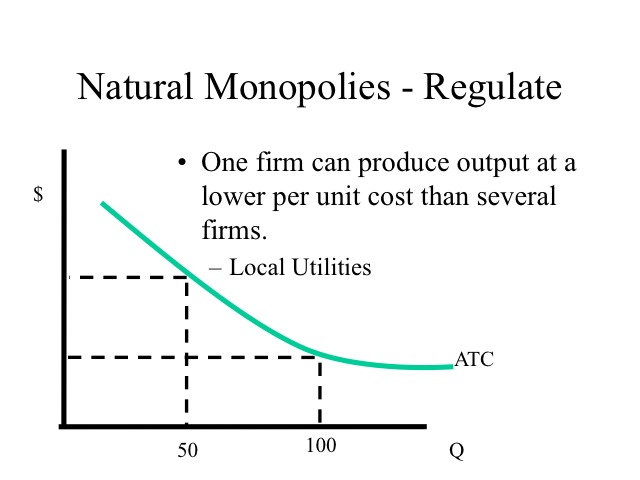

The majority of buildings in large cities receive DH and DHW from CHP plants (mostly coal-fired) in smaller towns-from smaller boiler houses (heavy oil-fired) whereas most of the urban population with no access to DH use coal as fuel for stoves. Moreover, the low profitability due to the current tariff structure, which includes depreciation based on the remainder value of assets and asset values not updated to meet the new purchase value, turn away investors and, thus, discourages energy-efficiency improvements.Ĭurrently, 45% of the country’s cogeneration plants connected to DH systems are private 35% are joint-stock companies with combined private and municipal ownership and the remaining 20% are fully owned by municipalities.

A cost-based approach to tariff regulation does not encourage operators to cut expenses and invest in EE measures. However, the privatization did not solve the problems related to tariff regulation and the low interests of investors. Heat tariffs were increased, and heat suppliers no longer receive subsidies in most cases. This has improved the performance of most of the DH heating systems. The companies supplying fuel to energy producers, as well as the residential housing stock, were also privatized. This country started restructuring its energy sector in 1996 and over the next 2–3 years privatized a large share of its electricity and DH assets. Nuorkivi, in Advanced District Heating and Cooling (DHC) Systems, 2016 2.6.2 Kazakhstan It could, therefore, be biased toward the state-controlled production assets.Ī. It is formally part of the executive branch and therefore must follow the orders issued by the Government. Importantly though, FAS is not independent from the Government. The FAS is charged with control over natural monopolies, including the assessment of allegations of discriminatory treatment. In practice, however, the relevance of the principle of nondiscrimination for the creation of a functioning electricity market depends on its application and enforcement by the public authorities. The nondiscriminatory treatment of wholesale market participants is aimed at restoring the confidence of investors affected by the conflicts of interest which characterized the functioning of the post-Soviet FOREM system. The Federal Electricity Law, for instance, recognizes the need to take into account the specific production characteristics of nuclear, hydropower, and CHP plants in the regulation of the wholesale market. It does not prevent differential treatment if this is objectively justified. Nondiscrimination is not an absolute principle. This principle, in particular, applies to connection and access to the network, as well as to access to the commercial infrastructure of the wholesale market. The Federal Electricity Law requires the providers of natural monopoly services on the electricity market to respect the fundamental principle of nondiscrimination. Given this, and the discussions in Chapter 2, could it also be the case that production and subsequent delivery of electricity is not a Natural Monopoly?Īnatole Boute, in Evolution of Global Electricity Markets, 2013 4.3 Nondiscriminatory Treatment by Natural Monopolies As shown, the formerly thought-to-be-a-Natural-Monopoly known as AT&T (and the local operating companies the Baby Bells) was determined not to be a Natural Monopoly (due, at least in part, to faulty econometric analysis), and was subsequently forced to divest its local operating companies, among other business lines. In Chapter 2, “The Sustainability of a (Natural) Monopoly”, there is a lengthy discussion on Natural Monopoly, and additional comments on the sustainability of Natural Monopoly are provided. In other words, the assets required are specific to the production of the output and, as such, not easily sold once production of the particular product ceases. Is the Electric Industry a Natural Monopoly? As discussed in Chapter 2, the obvious answer is “Yes”, at least the transmission and distribution components, due to the presence of the high fixed costs which are largely sunk. Monica Greer PhD, in Electricity Cost Modeling Calculations (Second Edition), 2022 9.1 Introduction


 0 kommentar(er)
0 kommentar(er)
